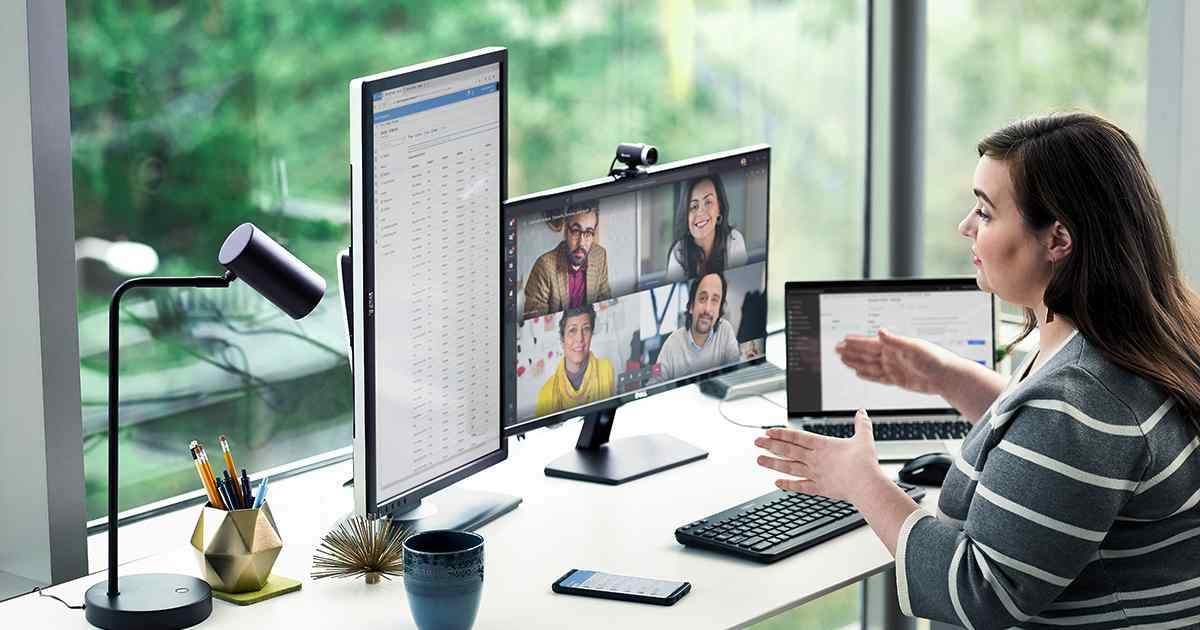Remote work’s changed the game, hasn’t it? Folks are tapping away from cozy home setups in Seattle, bustling cafés in New York, or even sun-soaked patios in Miami. It’s all about that flexibility—work where you want, when it suits you. But keeping a team spread across time zones on the same page? That’s a whole different ballgame. Enter employee monitoring software work from home teams can rely on. Done right, it’s like a trusty GPS, guiding everyone without cramping their style. Done wrong, it’s a buzzkill that screams “we don’t trust you.” So, how do you monitor without messing with people’s heads? Here’s the playbook for keeping things transparent, supportive, and downright human.

Table of Contents
Lay It All Out Upfront
Nobody likes feeling like they’re on a hidden camera show. Slapping monitoring tools on the team without a word is a surefire way to spark some serious side-eye. Instead, kick things off with a real talk. Spell out why the tools are there—maybe to track project progress or make sure deadlines don’t slip through the cracks. Be clear about what’s being logged, like task updates or hours on a project, and what’s off-limits, like their Spotify playlist.
A crew in Austin got twitchy when a new tool popped up out of nowhere—thought they were being watched like reality TV stars. A quick Zoom call explaining it was just for sprint tracking smoothed things over. Being straight-up about the “why” and “how” builds a vibe where everyone feels in the loop, not under a microscope.
Pick Tools That Don’t Play Spy
Monitoring tools come in all flavors, and some are way too nosy. Constant screenshots or tracking every mouse wiggle? That’s like having a boss hover over your shoulder, but digital. It’s creepy, and it makes folks antsy. Go for software that’s all about the work—think task trackers or time logs that show progress without getting personal.
A small startup in Chicago swore by a tool that just logged completed tickets. Engineers loved it because it didn’t feel like a nanny cam. Pick employee monitoring software work-from-home teams can vibe with, and you’ll keep the team focused instead of paranoid about their next coffee run showing up in a report.
Give Space for Life, Not Just Work
Remote work can blur the lines between desk and dinner table. When people know they’re being tracked, some skip breaks to look “busy” online. That’s a one-way ticket to Burnout City. A stressed-out team’s about as productive as a hamster on a broken wheel.
Set the tone: breaks are sacred. Encourage folks to grab lunch, take a walk, or sneak in a quick nap if they need it. A team in Portland baked “offline hours” into their day, and guess what? People came back sharper, not sluggish. Monitoring should nudge balance, not push folks to grind until they’re frazzled.
Use Data to Boost, Not Bust
Monitoring’s not about playing gotcha. It’s about spotting where the team needs a lift. If someone’s tasks are moving slower than a Sunday driver, don’t jump to conclusions. Maybe they’re wrestling a tough bug or dealing with a kid’s Zoom school meltdown. A manager in Denver noticed a dev’s tasks lagging, asked what was up, and found they needed better project specs. Fixed in a day, no drama.
Flip the script, too—use data to shout out wins. Call out a feature shipped early or a gnarly bug squashed. That kind of recognition lights a fire under the team. Data’s a tool to help folks grow, not a stick to whack them with.
Let the Team Shape the System
Want the team to actually use the tools? Get their take first. They know what feels fair and what’s overkill. Maybe they’re cool with a task tracker but roll their eyes at daily check-ins. A San Francisco startup ran a quick Slack poll before picking a tool, and the team’s input made rollout smooth as butter.
Letting folks weigh in builds trust and catches blind spots. If the system’s clunky or feels too Big Brother, they’ll say so. That feedback’s like finding a $20 bill in your pocket—pure gold for making things work better.
Keep Talking, Keep Listening
No tool’s as good as a real conversation. Data’s nice, but it doesn’t tell you if someone’s stressed or juggling too much. Set up regular check-ins—short ones, like 10-minute coffee chats. Ask how folks are holding up, what’s slowing them down, or if the tools are driving them nuts.
A team in Boston started weekly “no-agenda” Zoom hangs, and it became a safe space for venting about workload or even just swapping pet pics. Listen without judgment, tweak what’s off, and keep the human connection tight. That’s what makes remote work feel like a team, not a to-do list.
Lead with Trust and a Dash of Heart
At the end of the day, trust is the secret sauce. You can have the fanciest tools, but if the team feels like they’re on trial, good luck keeping them motivated. Trust them to do their thing. Use monitoring to clear roadblocks, not add them. Show some empathy—remote work can be lonely or overwhelming, and a little understanding goes a long way.
A manager once gave a dev in Seattle flexibility to work odd hours to fit their life. Result? They delivered a killer project ahead of schedule. Trust and heart build a team that’s not just productive but loyal.
Wrapping It Up: Balance Is the Key
Employee monitoring software for work-from-home teams can be a game-changer—if it’s handled right. Be upfront about why it’s there. Pick tools that respect privacy. Encourage breaks. Use data to support, not shame. Let the team have a say. Keep the lines open. And always lead with trust.
A healthy remote culture isn’t built on control—it’s built on care. Get monitoring right, and it’s a tool for growth, not stress. That’s how you create a team that’s fired up, connected, and ready to crush it, no matter where they’re logging in from.

